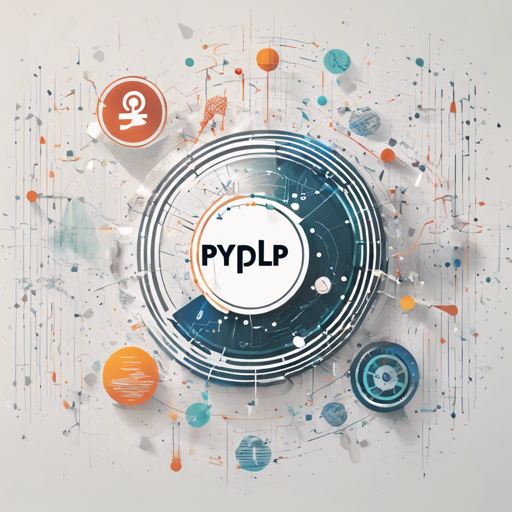Welcome to your ultimate guide on employing PyTorch to tackle common NLP challenges with deep learning! Using PyTorch, you can develop models that process natural language, offering insights into data and automating tasks like sentiment analysis and text generation. In this article, we will explore various notebooks that illustrate practical applications and provide essential tips for your journey.
Getting Started with Notebooks
We have a set of interesting notebooks specifically designed to demonstrate how to resolve NLP issues. Below is a list of notebooks you can explore:
- 1_BoW_text_classification.ipynb: Train a bag-of-words model to predict the sentiment of IMDB reviews.
- 2_embeddings.ipynb: Play around with different pretrained word embeddings.
- 3_rnn_text_classification.ipynb: Train an RNN to predict the sentiment of IMDB movie reviews.
- 4_character_text_generation.ipynb: Train a character-level RNN language model to generate weight loss articles.
- 5_seq2seq_attention_translation.ipynb: Train an RNN-based Seq2Seq model with attention to translate from English to French.
- 6_transformer_translation.ipynb: Train a pure self-attention based transformer Seq2Seq model to translate from English to French.
- 7_gpt2_finetuned_text_generation.ipynb: Fine-tune the pretrained (small) GPT-2 model to generate weight loss articles.
Setting Up
To begin, you need to set up your environment. Follow these steps:
- Ensure you have a Google account and then visit Google Colab.
- Upon visiting, you should see a list of notebooks. If you face issues, you can download the notebook from this repository to your local system and upload it to Google Colab by navigating to File – Open Notebook – Upload.
Basic Navigation
Running cells is easy! Just use the shortcut SHIFT + ENTER.
Handling Missing Packages
If you encounter any missing packages, you can install them within the notebook. Start the command with an exclamation mark (!) to run bash commands. For example:
!pip install googledrivedownloaderUsing a GPU
Want to supercharge your computations? You can use a GPU for free! To do this:
- Navigate to Runtime in the top menu.
- Select Change Runtime Type.
- Choose Hardware Accelerator and select GPU.
- Monitor the GPU memory usage by clicking on Runtime – Manage Sessions.
Understanding the Code Through Analogy
Think of the models you are developing as chefs preparing unique dishes based on recipes.
- The bag-of-words model is like a chef who uses a set list of ingredients (words) without regard to their order; this chef is quick but may miss the nuanced flavors (context).
- The RNNs (Recurrent Neural Networks) are akin to chefs who remember previous ingredients as they cook, adapting their recipe based on what they’ve tasted earlier, thus creating a more cohesive dish (text).
- Transformers are the master chefs — they utilize every part of their kitchen, adjusting flavor profiles in real-time without getting tangled in the preparation process, translating flavors from one dish to another effortlessly.
Troubleshooting
If you face any challenges while using the notebooks, here are some troubleshooting tips:
- Double-check your internet connection, as these notebooks rely on online resources.
- If your package installations fail, verify that you typed the package name correctly.
- Don’t fret if a notebook seems slow; check if you are using a GPU as it can significantly speed up processing time.
For more insights, updates, or to collaborate on AI development projects, stay connected with fxis.ai.
Contributing
If you would like to contribute to the project, feel free to submit a pull request for cleanups, error fixes, or even adding new, relevant content!
Conclusion
Harnessing the capabilities of PyTorch for NLP opens up a world of possibilities, allowing you to explore and create solutions that understand human language. Dive into the provided notebooks and start your adventure in NLP today!
At fxis.ai, we believe that such advancements are crucial for the future of AI, as they enable more comprehensive and effective solutions. Our team is continually exploring new methodologies to push the envelope in artificial intelligence, ensuring that our clients benefit from the latest technological innovations.

